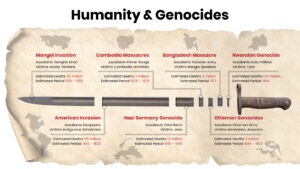World’s proven crude oil reserves stood at 1,549 billion barrels in 2020, increasing by 0.2 percent from the level of 1,546 billion barrels recorded in 2019, according to the 2021 edition of its Annual Statistical Bulletin (ASB) which was launched by the Organisation of the Petroleum Exporting Countries (OPEC) on September 30 via videoconference.
The launch was attended by Mohammad Sanusi Barkindo, OPEC Secretary General; Professor Thomas Lindner of the Executive Academy at the Vienna University of Economics and Business; as well as Members of Management at the Secretariat. It was livestreamed via the Organisation’s website and official YouTube account.
Proven crude oil reserves in OPEC Member Countries rose by 0.3 percent to 1,237 billion barrels at the end of 2020, following a firm increase during 2019, the bulletin revealed.
On the contrary, world’s proven natural gas reserves fell by 0.4 percent to approximately 206.7 trillion standard cubic metres (cu m) by the end of 2020.
Proven natural gas reserves in OPEC Member Countries stood at 73.74 tr standard cu m at the end of 2020, down 1.4 percent from the level at the end of 2019.
In its 56th edition, the ASB continues to provide a wide range of data on the global oil and gas industry, in addition to key economic indicators, serving as a leading industry reference for reliable and timely information for various industry stakeholders, including policymakers, academics and industry analysts.
The publication contains time-series data detailing key aspects of the petroleum industry, such as production, demand, imports, exports, exploration, transportation and refining.
It also features key statistics on the oil and gas activities in OPEC’s 13 Member Countries: Algeria, Angola, Congo, Equatorial Guinea, Gabon, IR Iran, Iraq, Kuwait, Libya, Nigeria, Saudi Arabia, the United Arab Emirates and Venezuela.








